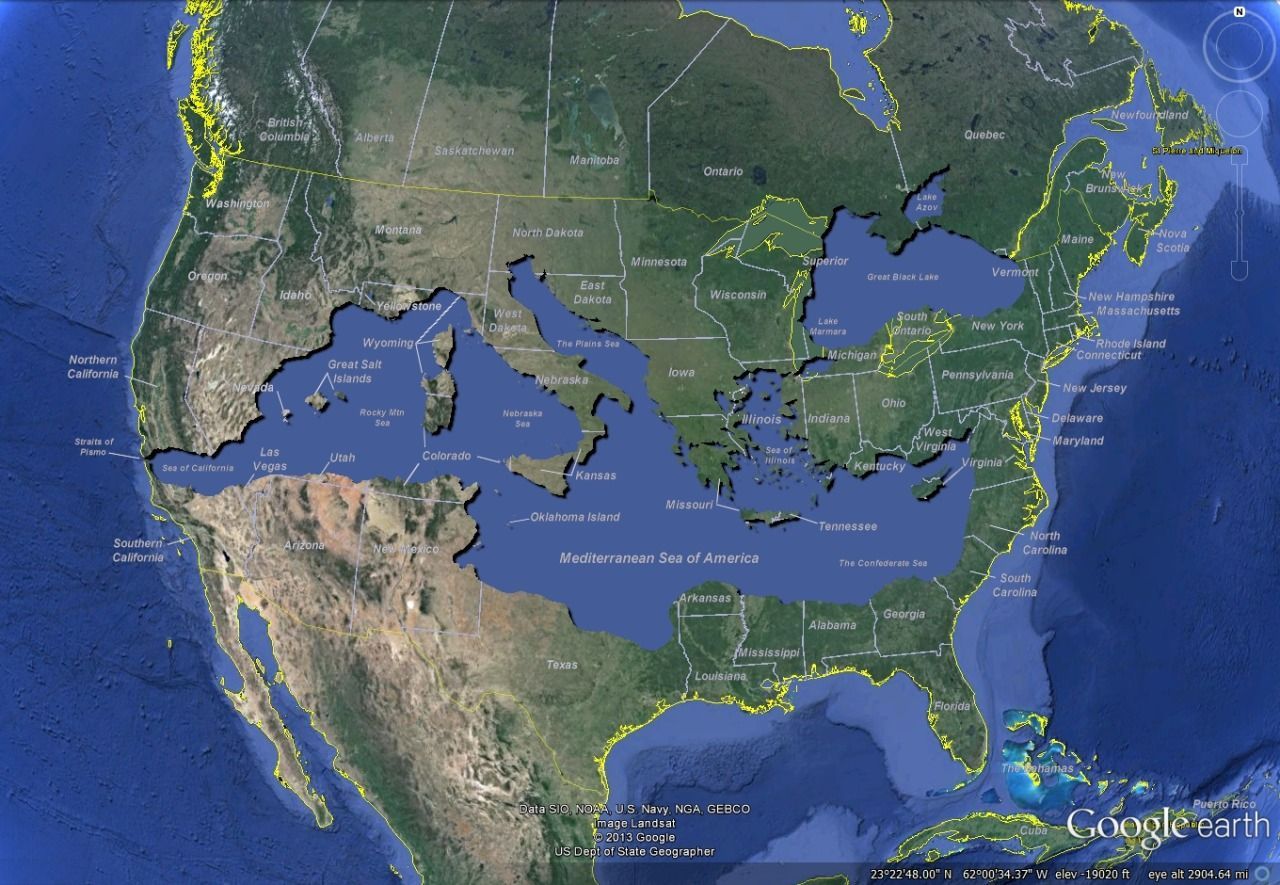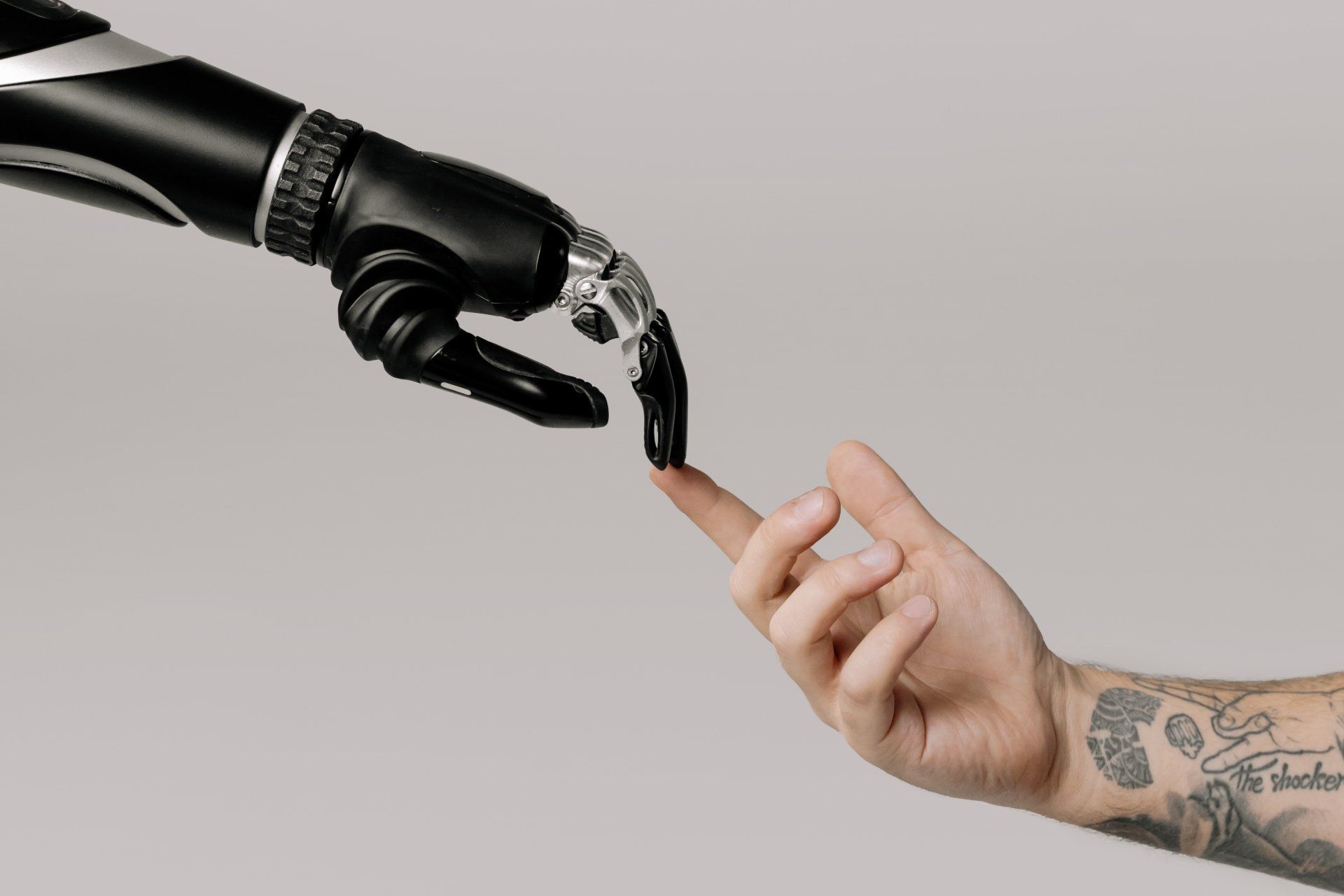Paul–The High Tech Apostle
This is a subtitle for your new post

It’s easy to forget that technologies that seem primitive to us today were once considered not only novel, but revolutionary. The Apostle Paul himself was a pioneer in using technology for spreading the Gospel. For example...
Writing and The Codex
Paul wrote epistles to the churches. This was during the 1st century when the codex (the precursor to the modern book) began to replace scrolls. The early Christians’ adoption of the codex made the spread of the Gospel far more efficient, as codices were easier to transport and conceal during times of persecution than bulky scrolls. By Paul’s time, the technology had evolved from writing on tablets, to scrolls, to codices, all of which would lead to books, which would one day themselves become digital.
Paul stationed himself squarely in the flow of an advancing technology for the communication of propositional truth. He used the most sophisticated tools at his disposal.
Should Christian leaders today shy away from this?
Roman Roads
Before the technological advancements of the modern era, the vast network of Roman roads played a crucial role in the spread of Christianity. Constructed during the Roman Empire for military and administrative purposes, these roads connected distant territories across Europe, Asia, and North Africa. The Roman roads provided unprecedented infrastructure for the movement of both people and ideas.
They were so well built that many survive even today, two millennia after their construction.
The gospel raced along these roads.
The Apostle Paul, among other early Christians, utilized this network for missionary journeys, effectively leveraging Roman engineering to facilitate the rapid spread of Christianity beyond the Jewish communities of Palestine into the broader Greco-Roman world.
The ease of travel and communication afforded by the Roman roads allowed for the establishment of churches in major urban centers such as Rome, Corinth, Ephesus, and Antioch. These cities, connected by Roman roads, became hubs of early Christian activity and were a key force for the spread of the gospel.
Moreover, the safety and reliability of the Roman roads, patrolled by Roman military forces to protect travelers from bandits, fostered an environment in which Christian missionaries could traverse long distances with a degree of security.
This accessibility not only enhanced missionary activities but also facilitated the convening of early church councils and the distribution of letters and gospel writings, contributing significantly to the theological development and organizational structure of the early church.
In the Providence of God, the Roman roads were more than just feats of engineering; they were instrumental in the early expansion of Christianity, a testament to how followers of the faith ingeniously utilized the dominant technologies and infrastructures of their time to propagate the gospel message.
Through strategic use of this vast network, early Christians were able to spread their teachings across the Roman Empire, laying the groundwork for the gospel of Jesus to truly turn the world upside down.
Don’t Forget Ships
Paul also spent a lot of time at sea.
He most likely traveled on merchant sailing ships called “corbitae,” derived from the Latin word “corbis” (meaning “basket”). They were broad-beamed and had no rowers to maximize cargo space.
With large square sails made of linen or papyrus, in addition to passengers, they transported goods like olive oil, wine, grain, and raw materials.
A recent image, superimposing the Mediterranean Sea over a United States map gives US readers a great feel for the distance Paul travelled to spread the gospel.
St. Paul's strategic use of Roman ships was pivotal in the early spread of Christianity. His travels, starting in A.D. 46 from Seleucia to Cyprus and beyond, were marked by purposeful navigation for the gospel's outreach.
Paul's sea journeys were indispensable. Faced with the ever-present risks of shipwrecks and piracy, these travels testify to his unwavering commitment. For instance, Acts 27 vividly recounts Paul’s harrowing sea voyage to Rome. Similarly, Luke (Acts 13:4-12) details Paul's initial journey from Seleucia to Cyprus, laying the groundwork for his ministry.
Paul even mentions being shipwrecked three times (2 Corinthians 11:25). For Paul, the Roman ship was another way of leveraging high tech—though still imperfect—for the cause of Christ.
Paul's "Virtual" Ministry Through Epistles
An aspect of early Christian evangelism that bears striking similarity to today's digital communication era was the Apostle Paul's use of epistles—letters—to minister to Christian communities he had never met in person. In a sense, Paul's ministry was "virtual," transcending physical boundaries and providing spiritual guidance, moral support, and doctrinal clarification through written correspondence.
Paul’s letters to early Christian communities, such as those in Rome, Colossae, and Thessalonica are prime examples of how he utilized the written word to connect with and minister to believers across great distances. This approach was revolutionary for several reasons:
- His reach transcended his physical presence. Paul effectively ministered to and nurtured fledgling churches without ever seeing them face to face. His epistles allowed his teachings to reach and be revisited by churches scattered across the Roman Empire.
- His writings established foundational Christian doctrines. His letters addressed theological questions, resolved disputes, and provided moral instruction, laying a revelational foundation that would shape Christian identity and beliefs forever. It’s hard to see how Paul would not stand in awe of our ability today to spread the word via online church services and digital searches of Scripture.
- His ministry was highly relational though virtual. Despite the physical distance, Paul's letters often conveyed a deep sense of personal care and spiritual intimacy. He frequently expressed his longing to visit these communities in person, reinforcing the relational aspect of his ministry. Almost anyone growing up in today’s digital world considers it normal to build relationships—even deep ones—at least partially online. Like the “Pen Pals” of our grandparents’ generation, people can create strong bonds of affection and friendship online. It was from a distance that Paul wrote, “[J]ust as it is right for me to think this of you all, because I have you in my heart, inasmuch as both in my chains and in the defense and confirmation of the gospel, you all are partakers with me of grace.” (Philippians 1:7).
- His use of technology amplified his impact. The circulation and recitation of Paul's epistles throughout the churches meant that his influence was amplified far beyond what could be achieved through personal visits alone. His words were not limited by geographical or temporal constraints, a concept that resonates with the global connectivity of modern digital platforms.
All Things
All of this adds up to one inescapable conclusion: Paul was the high-tech apostle. The one who said, "I have become all things to all men, that I might by all means save some" (1 Corinthians 9:22) even became a sailor.
His reliance on letters for ministry can be seen as an early form of "virtual" evangelism, highlighting the adaptability of Christian outreach methods to overcome physical barriers to preach the never-changing Gospel.
This innovative approach enabled the spread of Christian teachings and provided a model of spiritual leadership and community-building that transcends the need for physical proximity. In a way, Paul's epistolary ministry prefigures the digital age's ability to foster community, dialogue, and teaching across the vast expanse of cyberspace, reminding us that the essence of spiritual connection and evangelism can thrive even when mediated through technology.



